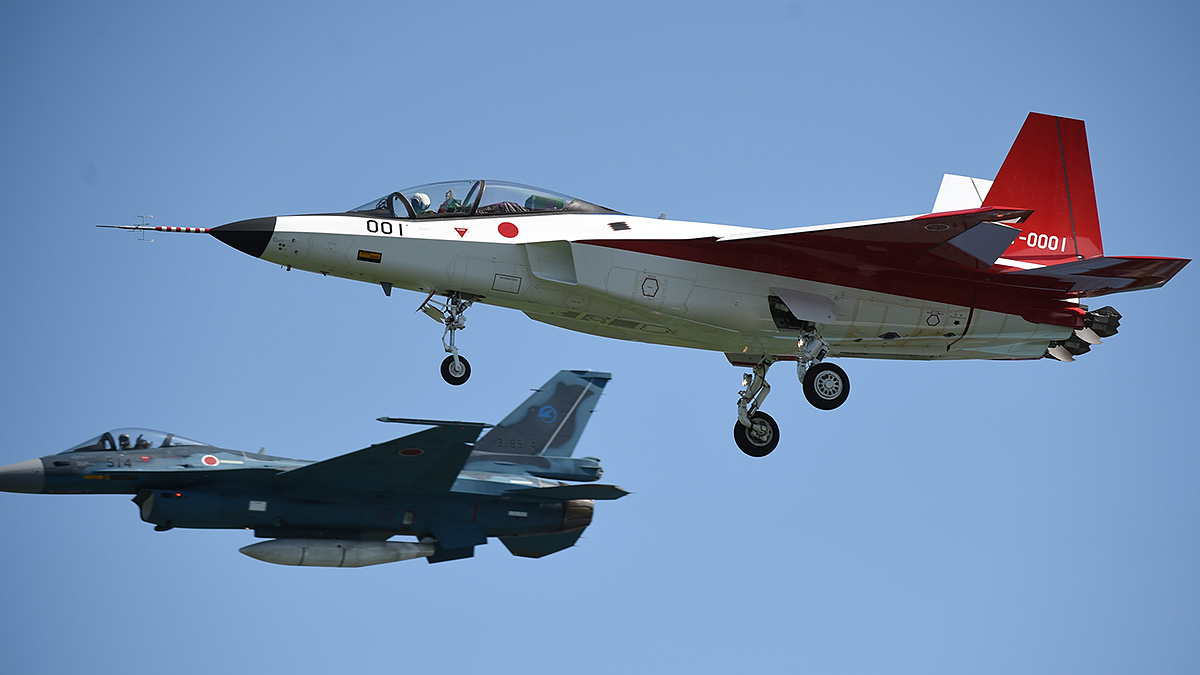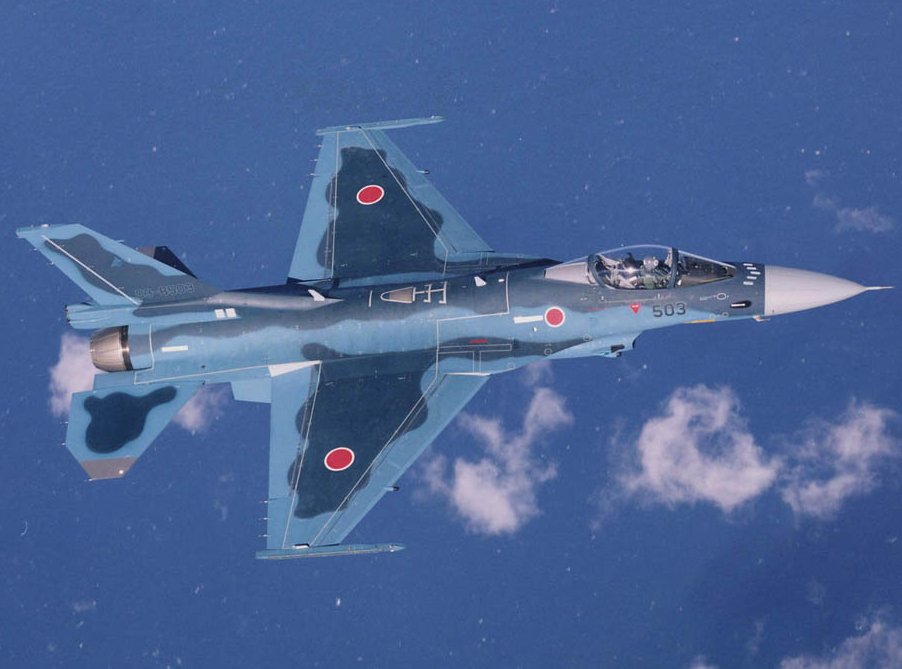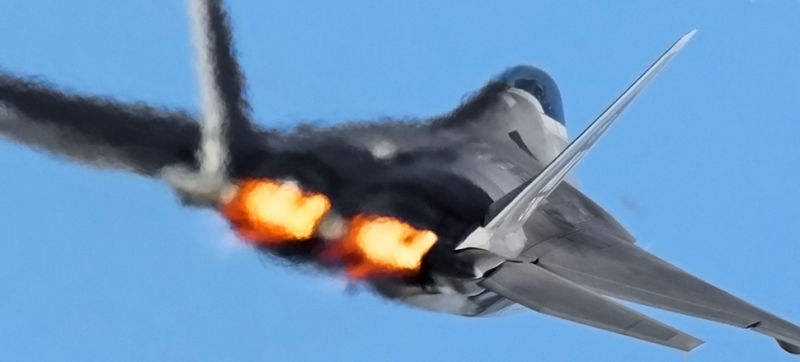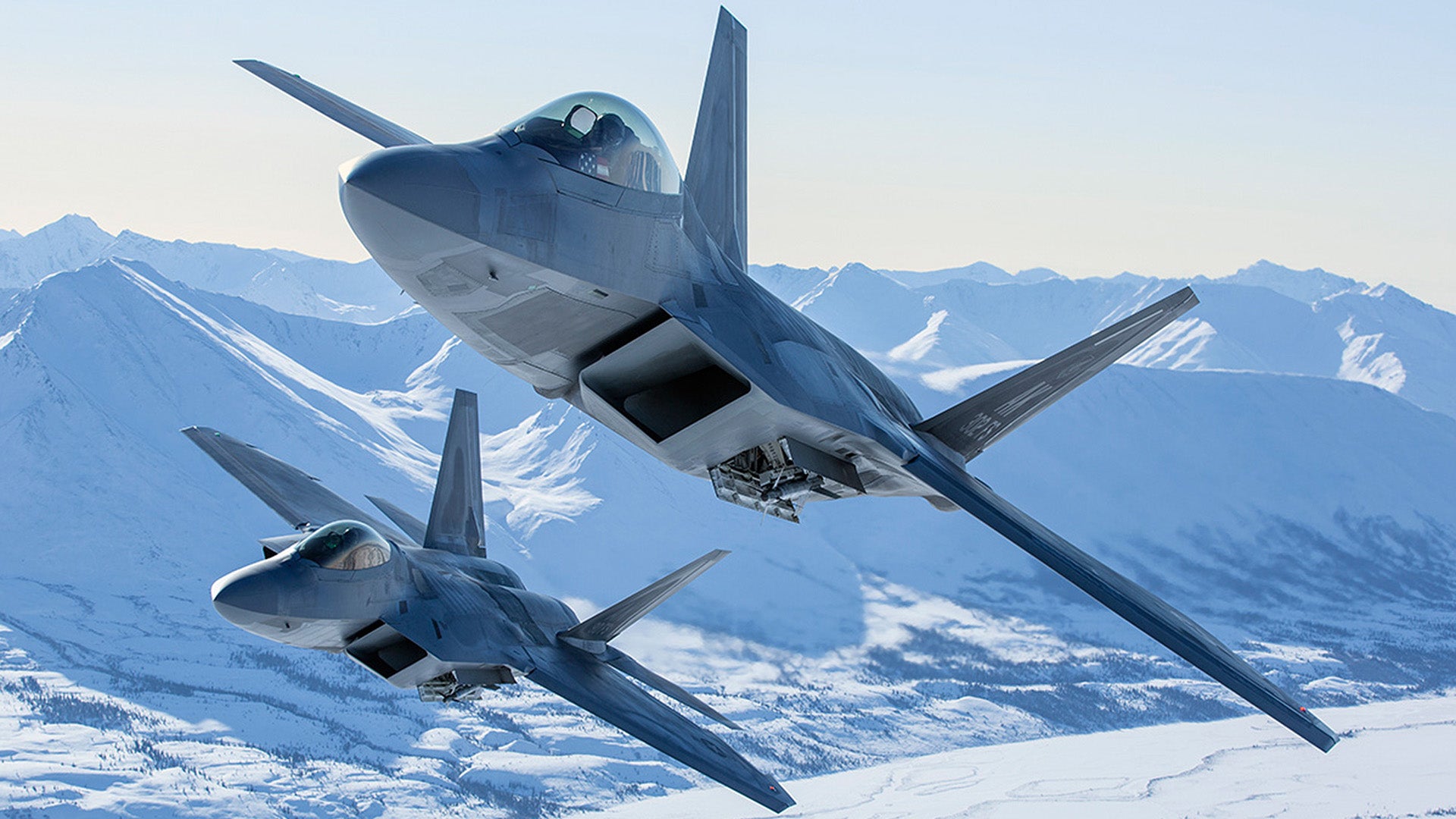Japan always wanted the F-22—badly. But nearly two decades ago, Congress barred the super-fighter from being exported to anyone, including America’s closest allies. This act slashed Japan’s F-22 dreams, although they kept asking.
Times have changed, and with Japan facing down a drastically more aggressive and advanced Chinese military—one that has territorial ambitions in direct conflict with Japan’s own claims. The tension has manifested in the air-to-air realm, with Japan intercepted a whopping 199 Chinese aircraft between April and June of this year, and those intercepts are getting more aggressive.
Combined with threats from North Korea, this new reality has been taken very seriously by Japan, which has put in place aggressive initiatives to upgrade existing fighter aircraft and acquire new ones with greatly enhanced lethality.

The F-22’s technologies are also no longer experimental. In fact, they are decades old. In many ways, the exportable F-35 is more technologically advanced than the F-22. At this point, the export ban on the F-22 is more of a protectionist tool to bolster the F-35’s production numbers than a national security play.
But now a $40 billion tender is being put forward by Japan to indigenously develop or import a new super fighter design. Although Mitsubishi’s X-2 technology demonstrator has just taken flight, it is just that: a technology demonstrator. Despite inaccurate press reports that the X-2 is a prototype, there’s is no guarantee it will make it into production in the coming decade. Think of it more as a Bird Of Prey than a YF-22.

The USAF is finally looking at restarting the Raptor production line, but the chances of that happening are almost nil, because doing so would directly challenge the F-35 program. And although the F-22 is the only existing fighter that can actually fulfil Japan’s $40 billion tender, it will likely be shot down by Lockheed, the USAF and Congress. Meanwhile, Japan is already a F-35 customer, with 42 of the jets on order.
This sounds crazy. There may be an opportunity here for Japan to foot the cost of restarting F-22 production, which is supposedly the major barrier keeping the USAF from buying more Raptors. However, the reality is that a dollar spent on a new F-22 is a dollar taken away from producing more F-35s. So although the increasingly positive platitudes from high-up USAF officials have hinted that they would love to have more F-22s, the abstract effects of doing so are politically unpalatable.
Anything to protect the F-35—and I mean anything.
So what we will probably end up with is a situation where a major US defense aerospace prime contractor, let’s say Lockheed Martin, works with Japan’s Iron Triangle supported defense industrial base to build, well, pretty much an F-22, although not an exact copy. This will come at far higher cost than just restarting the line, but doing so will not endanger the F-35’s budgetary supremacy within the USAF and the Pentagon as a whole.
This has actually been done before to a certain extent, see the Mitsubishi-Lockheed F-2, Japan’s semi-indigenous F-16. These jets, of which Japan bought a similar number of around 100, ended up costing well over $100 million each when they could have just bought advanced block F-16s for a third of that price and left comparatively little capability on the table.

It all sounds pretty stupid doesn’t it? Here there is a real opportunity to get the F-22 back in production and likely in an upgraded fashion with more advanced and serviceable avionics and other components, potentially all on Japan’s dime. The USAF could piggyback the JASDF order and bolster its fleet of just 183 F-22s (of which only about 125 are combat coded at any given time) for largely the unit cost alone. But this super-logical offering will likely never happen, because nothing can endanger the F-35, both from a manufacturer’s point of the view and Washington’s.
Japan is slated to make its “F-3” fighter choice in the summer of 2018 so there is still a couple of years for Washington to come to its senses and make an about-face on its F-22 embargo, although I wouldn’t hold my breath.
Contact the author Tyler@thedrive.com

